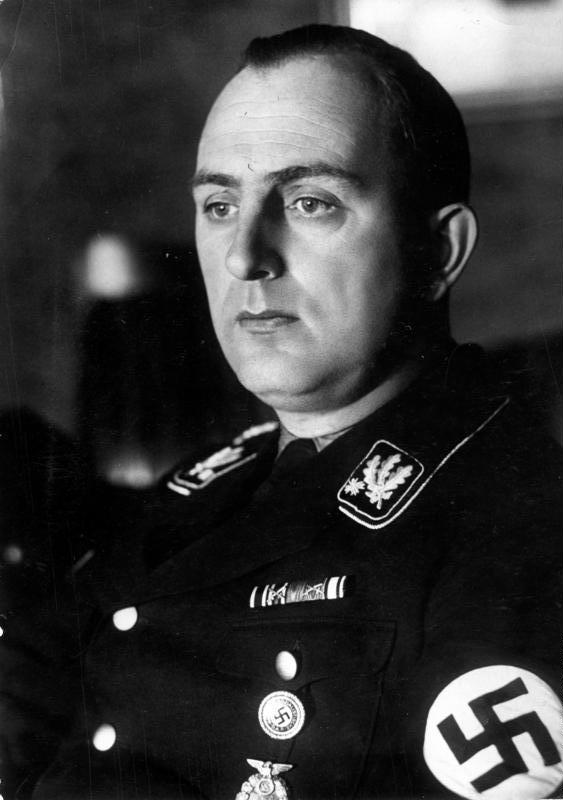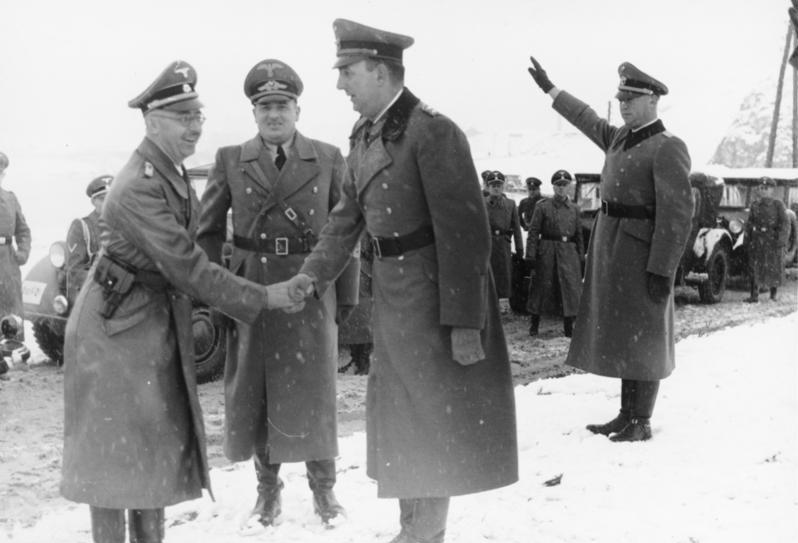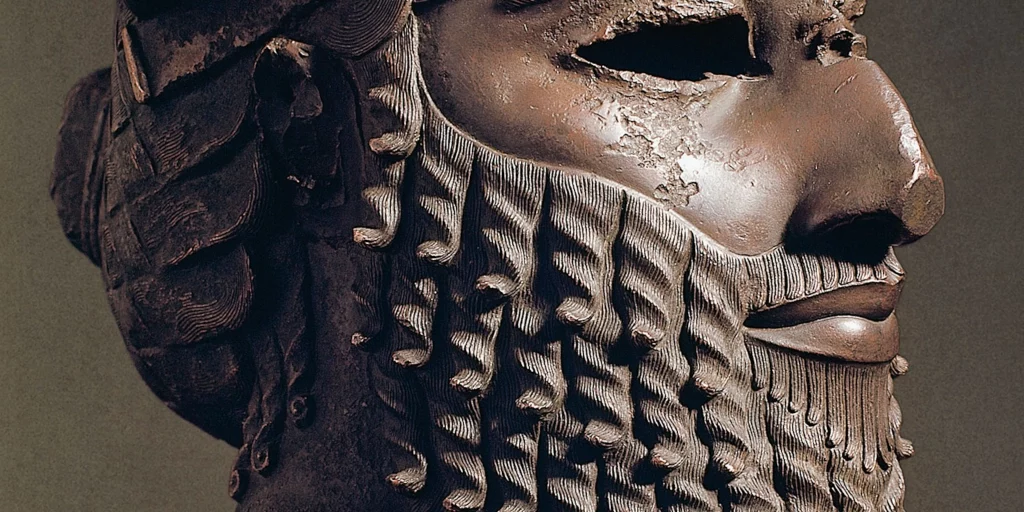On October 24, 1946, Kurt Daluege, a senior Nazi official and war criminal, was executed at Pankrác Prison in Prague. Daluege, the former Chief of the Ordnungspolizei (Order Police), played a significant role in the enforcement of Nazi policies during World War II.
His actions left a trail of suffering and death, and he showed no remorse for his crimes, claiming he was simply following Hitler’s orders. This article delves into his life, rise to power, and the crimes that led to his execution.

Early Life and Rise to Power
Kurt Daluege was born on September 15, 1897, in Kreuzburg, Silesia (now in Poland). He served as a soldier in World War I, where he sustained significant injuries, leading to a 25% disability rating and removal from the front lines.
After the war, Daluege gravitated toward radical political groups and joined the Freikorps, a paramilitary organization of World War I veterans. While studying at the Technical University of Berlin, he became involved in radical right-wing politics and joined the Nazi Party in 1926, receiving member number 31,981.
He became a member of the SA (Sturmabteilung or Storm Detachment), Hitler’s original paramilitary wing.
Known for his organizational skills and leadership, he quickly rose through the ranks to become the SA leader in Berlin. His loyalty to Hitler earned him the position of deputy to Joseph Goebbels, the Gauleiter (regional leader) of Berlin.
Transition to the SS and Role in the Night of the Long Knives
In the mid-1930s, Hitler ordered Daluege to switch his allegiance from the SA to the SS (Schutzstaffel), Heinrich Himmler’s elite paramilitary organization.
This move positioned Daluege to spy on his former SA comrades. His intelligence contributions were crucial during the Night of the Long Knives in 1934, where many SA leaders were purged.
Daluege’s actions during this event showcased his ruthless efficiency and solidified his status within the Nazi hierarchy.
Following the purge, Daluege’s prominence continued to rise. He was appointed as the leader of the SS in northern Germany and became deeply involved in the Nazi police system.
Himmler appointed him as Chief of the Order Police in 1936, placing him in control of nearly all of Germany’s uniformed police forces, including the Coast Guard and fire brigades.
This position gave Daluege significant power and influence, with over 120,000 police officers under his command.

The Order Police and War Crimes
During World War II, Daluege’s Order Police played a central role in enforcing Nazi policies in occupied territories.
His forces were responsible for maintaining order and security, which often involved brutal reprisals, mass executions, and deportations.
The Order Police were instrumental in the genocide of Jews and other groups targeted by the Nazis, contributing significantly to the Holocaust.
One of the most infamous incidents under Daluege’s command was the mass shooting near Brest-Litovsk in 1941, where over 4,000 civilians were killed by Police Battalion 307.
Daluege was present at many such executions, overseeing the operations and ensuring their ruthless execution. He also signed deportation orders for thousands of individuals sent to extermination camps, where they were killed in gas chambers or through other means.
Daluege’s reach extended to his involvement in suppressing resistance movements.
Following the assassination of Reinhard Heydrich, head of the Reich Main Security Office, Daluege was appointed Acting Protector of Bohemia and Moravia.
In this capacity, he oversaw severe reprisals. In the village of Lidice, on June 10, 1942, under his orders, all 173 men were executed, while women and children were deported to concentration camps.
Similarly, in Ležáky, the village was destroyed, and 33 men and women were killed, with only a few children spared.
Throughout occupied Europe, the Order Police carried out public executions to terrorize and control local populations.
Reports from the early years of World War II describe the police battalions’ brutality in Polish towns, where they were ordered to take drastic measures, including the public hanging of civilians to serve as warnings.
Downfall and Trial
In 1941, Daluege suffered a heart attack, leading to his temporary removal from command. However, he remained a significant figure within the Nazi regime, living in a property gifted by Hitler.
At the war’s end, he was arrested by British forces and initially held as a major war criminal in Nuremberg.
Although he could have been tried at the Nuremberg Trials, the decision was made to extradite him to Czechoslovakia, where many of his crimes had been committed.
In Czechoslovakia, Daluege was tried for crimes against humanity. Throughout his trial, he showed no remorse, insisting he was only following Hitler’s orders and claiming loyalty from millions of policemen. Despite his defense, he was convicted and sentenced to death.
The Execution
On October 24, 1946, Kurt Daluege was led to the execution pole at Pankrác Prison in Prague. The executioner secured him to a post and placed a noose around his neck.
Daluege showed no remorse or regret for his actions, maintaining his stance until the end. His execution was carried out using the pole-hanging method, a practice intended to emphasize the severity of his crimes.

